Mediterranean Plants that Grow Well in S.B.
Temperate Climate Flora
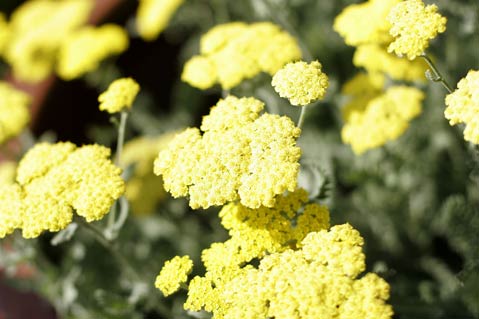
One of the oldest centers of civilization appeared on the shores of the nearly landlocked Mediterranean Sea. The sea was a manageable size for trade of goods and services and native food crops, as well as the fruits from the sea, allowing a varied and healthful diet. The moderate climate, though, contributed much to that early success by human settlements. Characterized by hot, dry summers and warm, wet winters, it supported highly successful agricultural development including the grape of modern viticulture, the olive, which was cured and eaten, but more importantly yielded its valuable oil and more. All of the native flora was, and still is, adapted to conserve water for much of the year. It is this quality that makes many of these plants suitable for gardens here in Southern California with the same climatic regime.
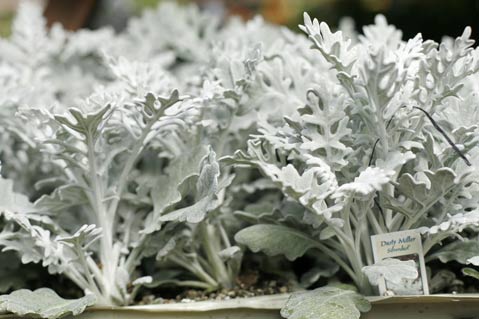
Of course, all around the Med, there are mountains and valleys, streams and lakes, and all the other features of a diverse topography that leads to diversity in plants to occupy them. Because of that, there are plant forms from towering conifers to aromatic shrubs to drought-evading deciduous bulbs and more. Here are some of the tried-and-true selections for our gardens.
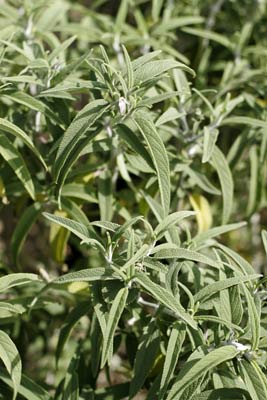
Italian stone pines (Pinus pinea) grow into large and stately umbrellas on thick trunks with handsome furrowed bark. In Italy, they march as stately sentinels across the skyline. In Santa Barbara, they achieve the same proportions; drive down Anapamu Street from Milpas Street and enjoy their welcome shade before you decide if you have room for them in your landscape. Another large evergreen that hails from the mountains of Morocco in the southern Mediterranean is the Atlas cedar (Cedrus atlantica). It can eventually reach 60 feet in height and half that in spread, so consider your site carefully. Other Mediterranean trees include the olive (Olea europea), bay laurel (Laurus nobilis), and carob tree (Ceratonia siliqua) as well as a stately palm, the Canary Island date palm (Phoenix canariensis).
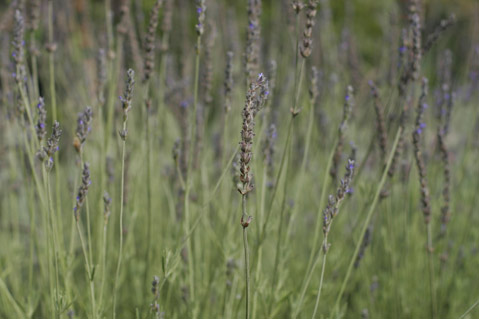
One characteristic of many plants adapted to Mediterranean climate zones is aromatic foliage. Sequestered in plant cells are a variety of volatile oils and other compounds. Their purpose is not entirely known, but they probably serve to deter herbivory among other things. For us, they also contribute culinary herbs and scent the gardens in which they are planted. Familiar shrubs that are native to the Med such as rosemary (Rosemarinus officinalis), lavender (Lavandula species), and sage (Salvia species) all employ this strategy. Some plants avoid being dinner for larger animals by covering themselves with spines like the caper bush (Capparis spinosa) and several of the sea hollies (Eryngium species).
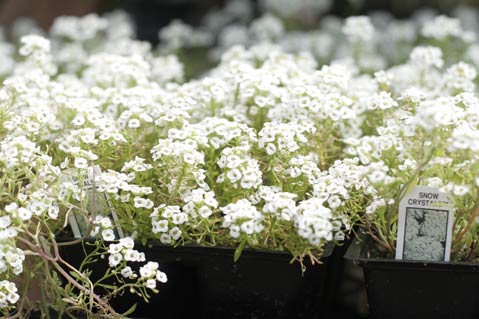
Other strategies for this somewhat stressful climate are used by the plants to evade desiccation. Some species do this by having small or narrowly divided leaves. Rosemary does this as does yarrow (Alchillea ageratifolia and A. millefolium are from the region) and common thrift (Armeria maritima). Another way to stay hydrated and cooler is to cover the leaves with reflective hairs or waxes. Echium candicans and E. wildpretii are stunning in bloom, with towering flower spikes, but the rest of the year, these tough shrubs survive without rainfall because their leaves are densely clothed in soft hairs. Four of the myriad species of plants (Centaurea cinerarea, C. gymnocarpa, Chrysanthemum ptarmiciflorum, and Senecio cinerarea) that go by the common name dusty miller, are also native to the Med and they all have stems and leaves coated in reflective white. Lavender cotton (Santolina chamaecyparissus) employs just about every one of these survival techniques. It has leaves that are reduced to tiny scales lying more or less flat on the stems, every surface of the plant is coated with white hair and it harbors aromatic oils. Cute little yellow flower heads make it a winner in any drought tolerant landscape.
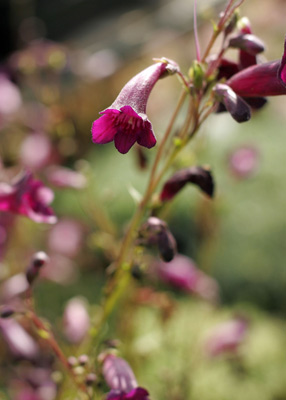
Two other survival strategies that Mediterranean natives have evolved have to do with disappearing when it is just too hot and dry above ground. Some of them grow from a single seed into an adult plant that blooms and disperses its seeds within that short period of time when water is available and warmth can nurture the young plants to maturity. Sweet alyssum (Lobularia maritima) will continue to germinate, grow, bloom, and drop seeds as long as there is any moisture in the soil. That means that in our gardens, which we tend to keep irrigated year round, this little, often overlooked, plant can fill in many corners in the garden, attract beneficial insects, and generally cover the ground in any place that needs it without much effort on the gardener’s part. Snapdragons are among the favored annuals for spring and fall plantings. The antecedents of our hybrid snapdragons are native to the Med, where they happily spring forth when the conditions are right. We can pay homage to that old species by planting their cheerful offspring. Even these coddled and manipulated selections can be made to put out a second bloom if they are cut back and watered again. Another lovely subject, red valerian (Centranthus rubra), acts much like an annual and re-seeds so prolifically that you would think it is its primary means of reproduction. After the long summer drought, Mom pops up again from a minimal root system and because her fluffy seeds have wafted off on any vagrant breeze, the seedlings will appear far afield.
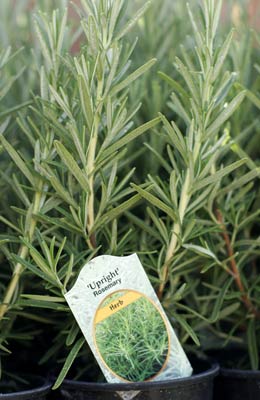
Other successful plants that bloom annually (if conditions are right) are those that hide out underground as bulbs or tubers. Their flowers and foliage come and go with the rainy season, usually the foliage first to do the important job of photosynthesis that can fuel the final push toward reproduction with flower and seed production. Narcissus (including those we call daffodil) are the most well known. Although its species name implies it is from South America, Scilla peruviana hails from southern Europe. Sky blue flowers clothe the notable inflorescences in late spring and then retreat for the dry season. Sea daffodil (Pancratium maritimum) is another tough bulb that, along with all its fellow Mediterranean natives, will thrive in our Southern California gardens.



